A time capsule from 1797 has been discovered hidden in a church spire. It is believed to be the oldest of its kind ever found in Europe and the second oldest time capsule found in the world. A time capsule provides a glimpse into the actual lives of people who once lived and breathed and stood where that capsule was buried. Their hope was to give future generations insight into how they lived in a way that feels almost corporeal, almost actual. Depending on how long a container remains buried, or hidden, a time capsule can offer clues about people who lived decades, and even centuries ago.
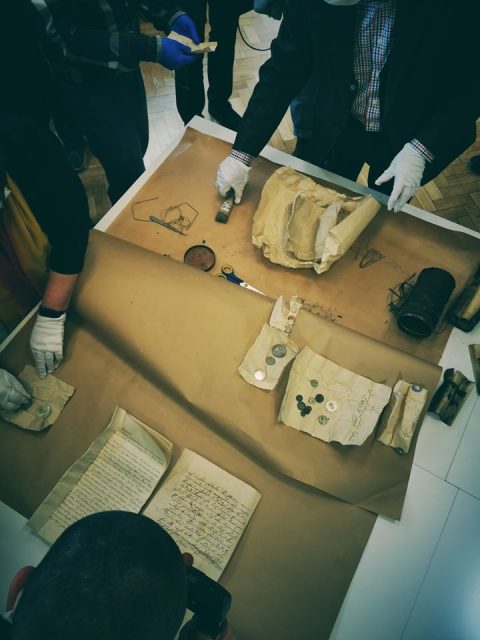
Now, Poland is the proud owner of a time capsule — purported to be the oldest ever found in Europe — discovered in the town of Ziebice, in Lower Silesia, when workers were beginning renovations to a former evangelical church. Within a spire, which they had removed so remodeling could get underway, lay documents, books, photographs and coins, some items dating back to 1797, when the town was called Munsterberg and was still part of Prussia.
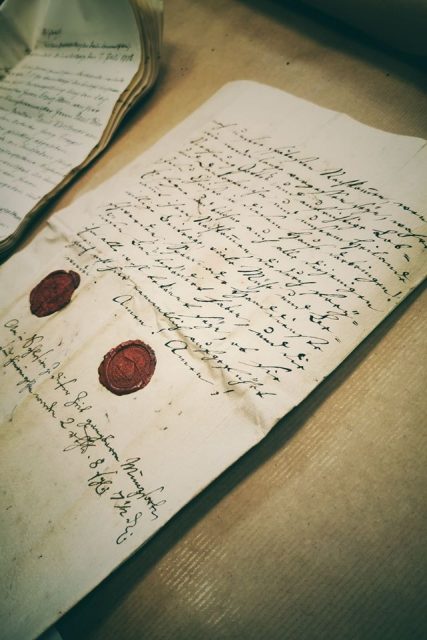
Local officials and experts brought in from the Ziebice heritage organization were thrilled by the find, which was discovered when the spire’s globe, which sat atop it, was carefully removed. Out came a sealed container that held papers in perfect condition, not a sign of the many years that had passed marring their edges.
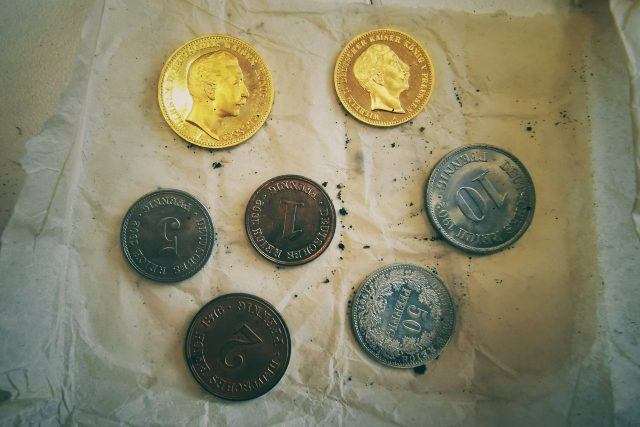
Newspapers were included as well, leading experts to believe that the capsule had been discovered once before, then replaced with added items as clues to its age and the people who’d contributed to it. One note contained therein was a personal note from a woman, likely a parishioner, who had made a contribution to the church’s construction. Historians theorize that the capsule was found around 1902 or 1903, likely by church officials, who then added coins and the newspapers to help future finders date the contents.
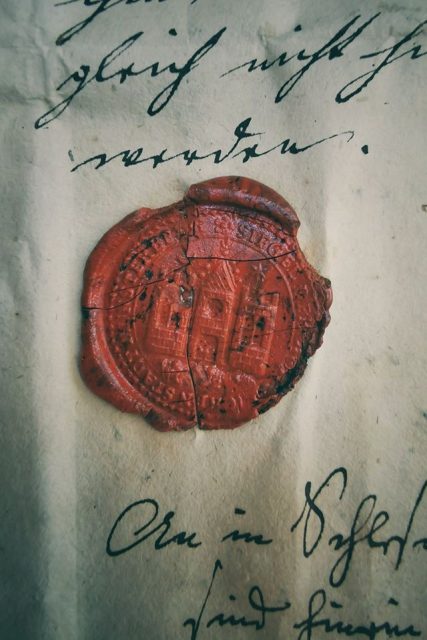
The building is no longer a church, but rather a venue for sports events. It was built on the site of a 15th century castle, and also served as a school during the Second World War. In fact, the globe on top of the spire is marred by bullet holes, which historians suspect were inflicted when the Soviet Army entered Poland in 1945, during the defeat of Nazi Germany. But the letters and documents and the time capsule itself were completely unharmed, a testament to the excellent hiding spot and the wax seal that ensured it didn’t leak or accidentally open.
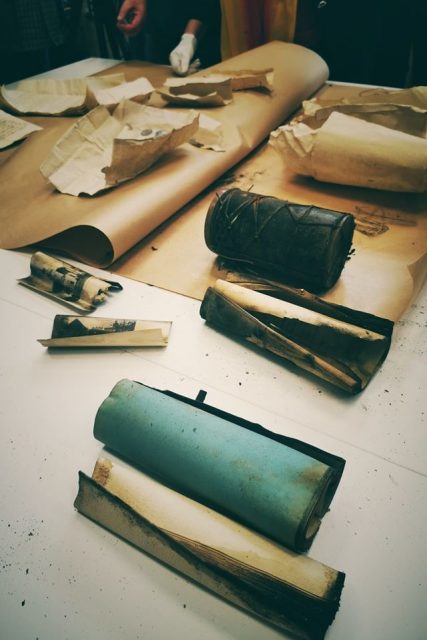
Once the contents have been fully examined, officials hope to see them head to a local museum for exhibition to the public. But the time capsule is so much more than a glimpse into history, says the Lower Silesia Heritage Conservation Society; it is a bridge, of sorts, from the 18th century to modern times. A spokesman for the society, Marek Kowlaski, told the media, “These people wanted to tell us: we were here, we put our heart and life into this and now you take it over and look after what we left here.”
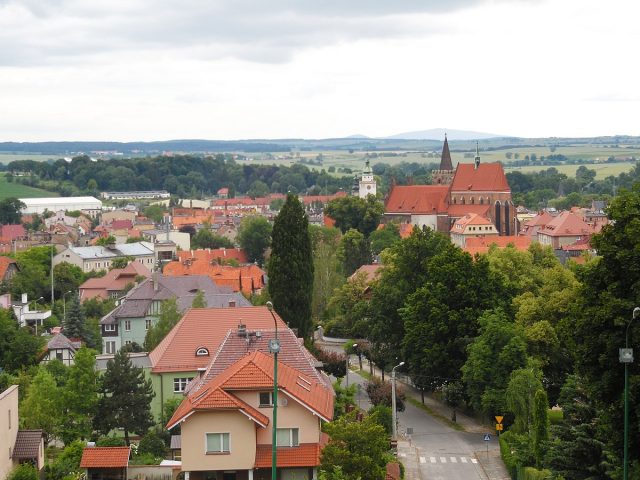
And that’s precisely what the folks in Ziebice intend to do, not only by exhibiting the “buried treasure,” but by devising a time capsule of their own, and perhaps placing it in the former church, leaving it for future generations to discover. That would be one way to communicate with those to come, something almost magical for folks to discover in another hundred years.
Related Article: A French Chateau untouched for a century has become a time capsule museum
It’s hard not to wonder what they might include — a cell phone? A painting? A newspaper from 2020? After all, what constitutes important evidence of our time varies from individual to individual, but one thing is certain: the people who find it will be very different than who we are today, and might be mystified by what we consider profound enough to go into a time capsule, a literal message to the future.
